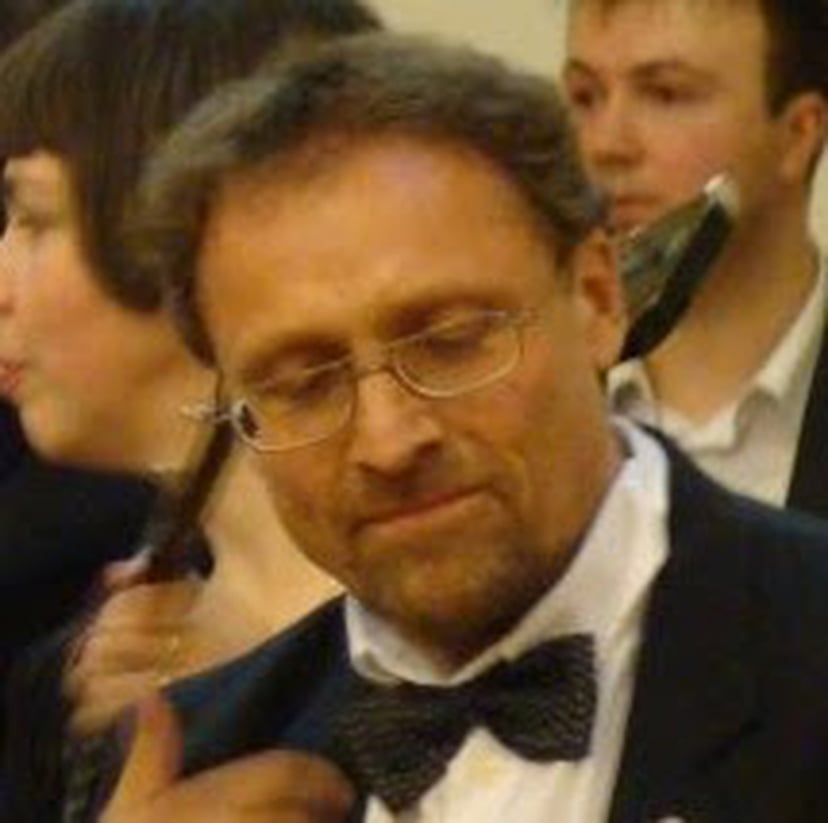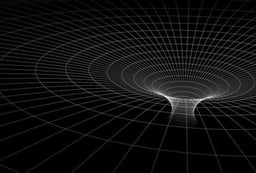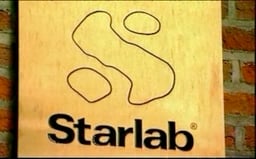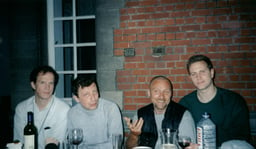Roman Zapatrin

Roman Zapatrin
Roman R. Zapatrin is a Russian applied mathematician who graduated from Saint Petersburg State University and worked at “Deep Future” multidisciplinary research institute Starlab, where he explored the topics of quantum topology and closed timelike curves– i.e., time travel –with theoretical physicist Serguei Krasnikov in research supported under grants from NASA and the US Air Force. The project was featured in a Discovery Channel documentary of the same name.
While at the lab, Krasnikov and Zapatrin took up collaborations with Christopher Altman, part of Starlab's artificial intelligence project, which was recognized in the Guinness Book of World Records as “World's Most Complex Artificial Brain.” With input from Krasnikov, Altman and Zapatrin introduced superposed adaptive quantum networks: a type of quantum artificial neural network in which the topology of the network–as well as the weighting function between neurons—is subject to quantum entanglement, superposition and speedup. The work was published in ** the International Journal of Theoretical Physics and at the NATO Advanced Study Institute on Mining Massive Data Sets for Security.
Later work incorporating backpropagation learning in collaboration with Paul Werbos, whose Harvard PhD thesis introduced the topic of backpropagation to neural networks and revitalized the field, was published in an invited follow-up to International Journal of Theoretical Physics and as part of an invited Springer academic book chapter on spacetime from quantum topology.
Biography
Zapatrin graduated from St. Petersburg State University as a pure mathematician.
He does not respect any kind of scientific supervision, nor any academic degree; indeed his university diploma was written by himself.
He is an accomplished composer and musician; he plays the balalaika, the domra, the mandola and the mandolon-cello.
He enjoys unconventional and ‘uncivilized’ travelling—crossing snow passes in the Alps with a small folding bike, or skiing in the Russian backwoods.
He claims just to be providing tools which to wrestle with Nature's challenges.
For several years he worked on quantum logic, managing to build the theory of automata simulating quantum system; after that he began grappling with the quantization of spacetime.
Still, for him, his main achievement is that he is happy with what he is doing.
Roman Zapatrin believes that—theoretically at least—we shall be able to change spacetime, so that by a click we may change both the future and the past.
Quantum Topology
At Starlab, Zapatrin conducted research on the “Quantum topology” project, which developed mathematical methods that take away the last pieces of ground from under our feet: Einstein took away the predefined metric from spacetime, and Roman Zapatrin–with his physicist colleagues–takes away spacetime itself. Another possible application of quantum topological jumps, for which he has provided the theory, is to store information for quantum computers.
Physical phenomena are supposed to require an arena in which they may occur.
That stadium is spacetime.
But in the quantum realm is there such an arena—that is to say, does the stadium exist before the game begins?
Or does it emerge as we observe it?
Can we change spacetime?
May we alter the past without time travel?
It is by now generally accepted that, in the quantum realm entities—minuscule particles—somehow come into existence at the instant that they are observed.
In the study of quantum topology there may be different scales at which explorations may be conducted, ranging from the very small to the entire universe.
According to the laws of quantum mechanics a basic assumption is made: an assumption of a pre-existing structure.
At the very small scale all attempts to observe that assumed structure inevitably change the topology itself; the large amount of energy which has to be applied distorts the arena's very structure.
The topic of quantum topology spawned two projects at Starlab:
Project Aphrodite: Spacetime Foam

Quantum topology
The beauteous Aphrodite, she of the wondrous form, took shape and emerged, fully made in her perfection, out of the foam.
The notion of spacetime as foam dates from ideas put forward by John Archibald Wheeler of Princeton's Institute for Advanced Study during the 1960's. The Aphrodite project aims to dive deep into the broth of geometrical fluctuations and give perfect shape to that which was formless. [1] The project explores the structure of spacetime at the Planck scale: the Planck length is the smallest naturally occurring measurement used by scientists: about a billionth of a billionth of a billionth of a millionth of a centimetre. It is at this scale those quantum phenomena and the arena—or the topology in which they occur—emerge as they are observed. The task is to provide a mathematical solution to this physical problem. There is no desire to give up Einsteinian relativity; it presents a very good working model in its domain of application. But at the sub-Planckian scale, Einstein's theory cannot even be tested. Because it is not testable, the notion of pre-existing spacetime is swept away, and may be replaced by an appropriate quantum observable–an entity whose values at the moment it is measured. Care is taken to make this work compatible with existing working theories, such as relativity, “so that the beautiful Aphrodite may be safe wherever she roams.” [1]
Project Undo: Topology Leaps

Undo follows from the claims of quantum topology. The project involves the changing of spacetime.
Say, for instance, that an explosion has occurred; in principle it is possible that by observation itself the arena that is spacetime may be so altered that the explosion did not occur.
In this sense it has been undone.
This is a quasi undoing or altering, which occurs as a result of appropriate measurement. This would not be possible without quantum effects, and the goal of this project is to find appropriate measurements of spacetime, which involve those effects.
Quantum measurements are those which unavoidably effect that which is being measured.
The point about this process is that it is the act of measurement itself, which creates the stadium, and further measurements may create altered or different stadia.
This is not the same as travelling back in time; what takes place is an alteration so that a previous setting is undone, in the sense that it did not exist.
[1] [✔]
Einstein claimed that the past and the future are in a given, predefined or frozen spacetime.
The Undo project melts it.
Related Links
Christopher Altman
David Finkelstein
Serguei Krasnikov
Seth Lloyd
Max Tegmark








